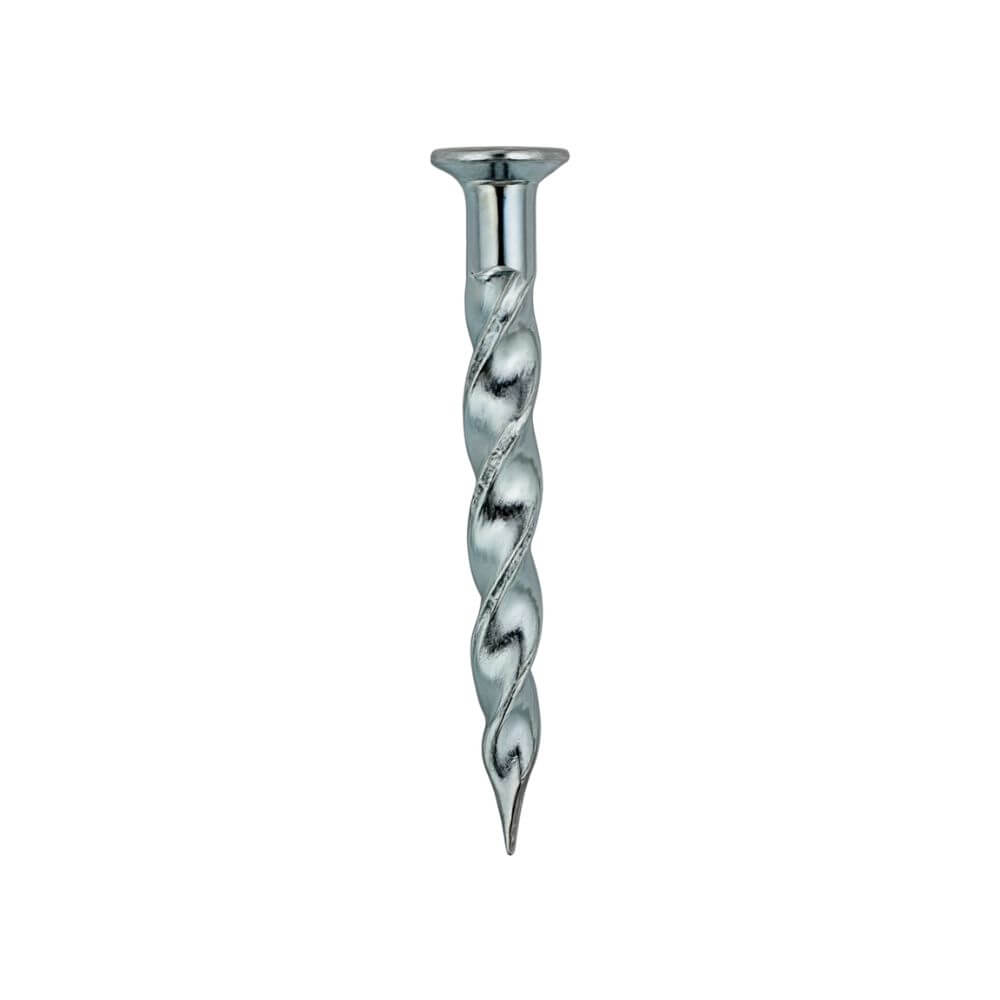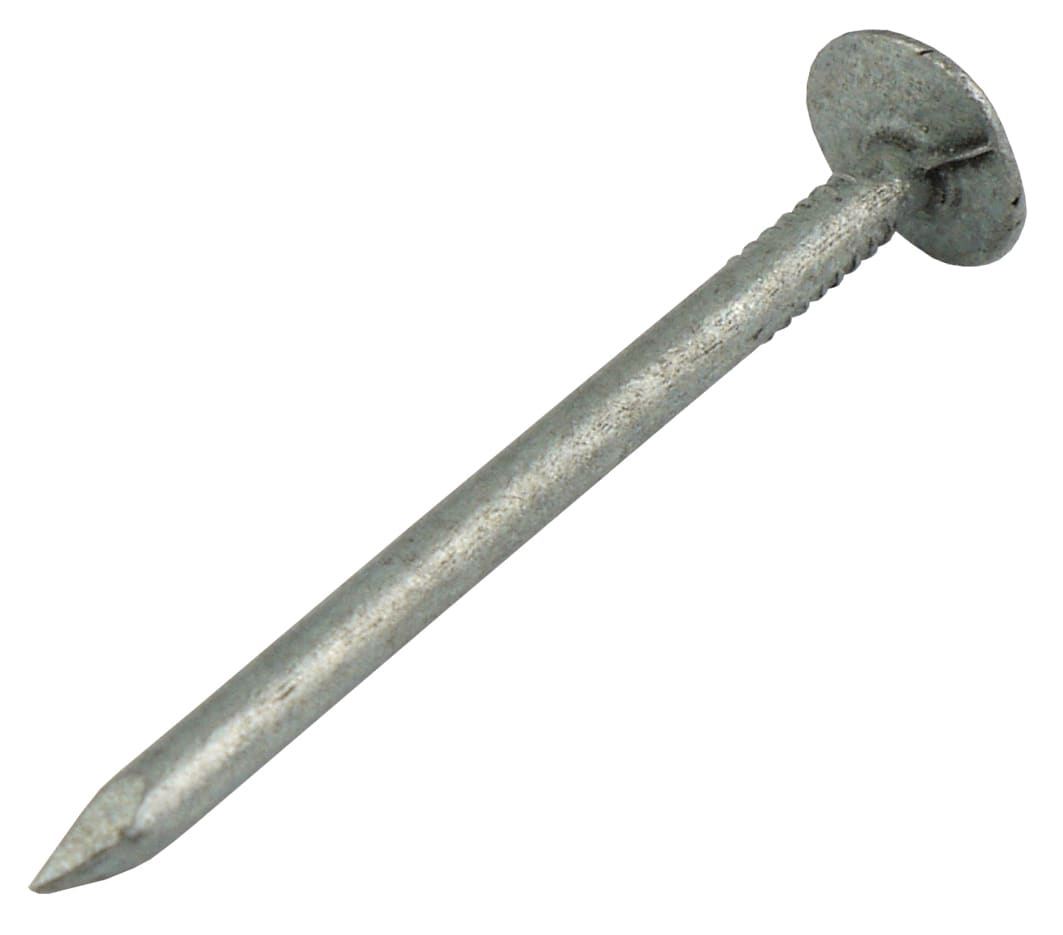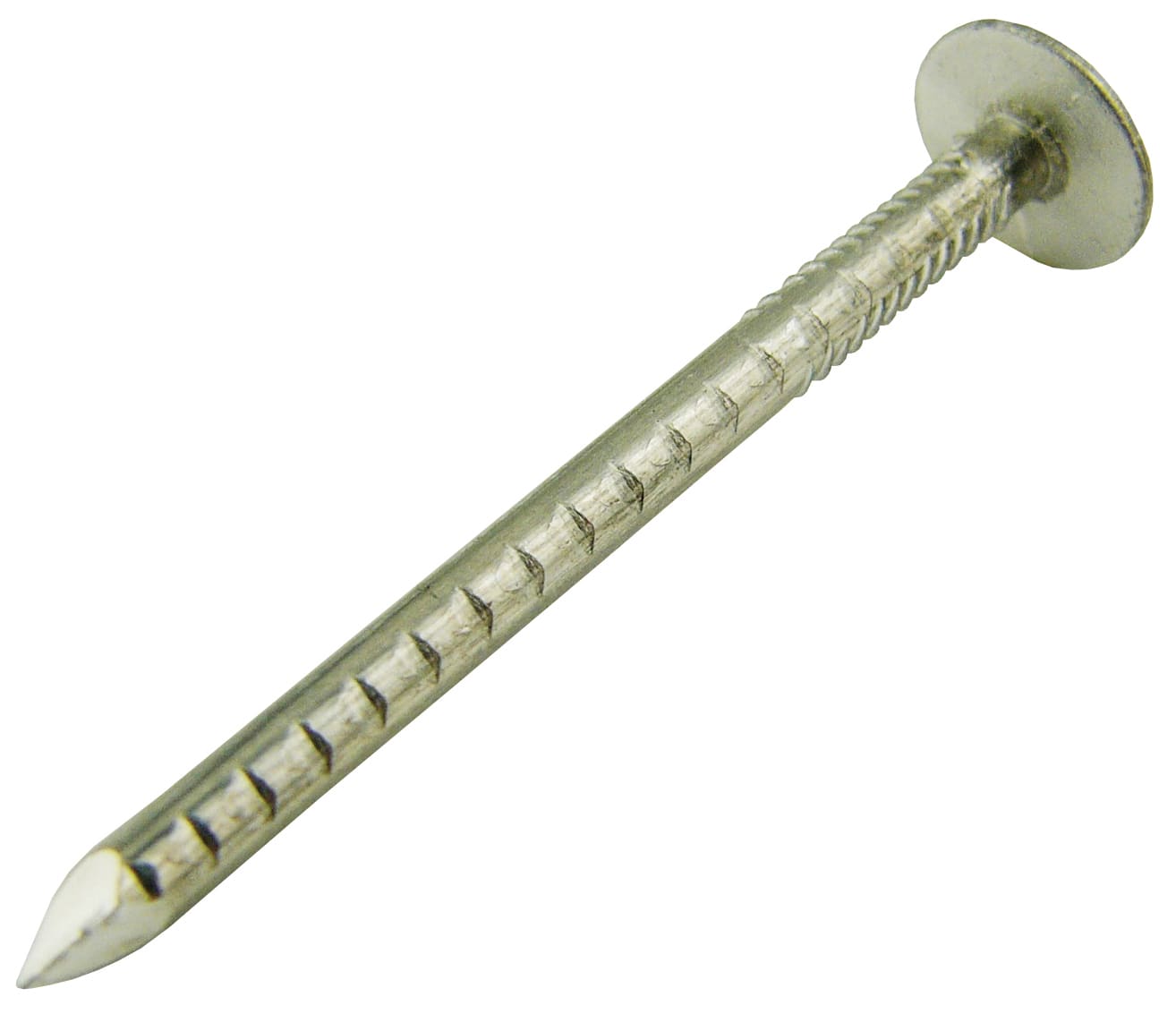Nails & Anchors
(35 Products)Nails and anchors play a critical role in ensuring the longevity and safety of various constructions. Nails are one of the oldest and most commonly used fasteners in the world, prized for their simplicity, efficiency, and versatility. They are available in numerous sizes, shapes, and materials to suit specific tasks, whether it's framing a house, attaching siding, or securing floorboards. Their ease of use and ability to provide a tight grip make them invaluable in a wide range of applications.
Anchors, however, are indispensable when working with materials that are too brittle or soft to hold traditional fasteners, such as concrete, brick, or plaster. By providing a stable base, anchors allow screws or bolts to be inserted securely, preventing them from pulling out over time. This makes them crucial for heavy-duty applications such as mounting shelves, cabinets, or heavy equipment on walls.
What Are Nails & Anchors?
Nails and anchors are mechanical fasteners used to join materials together. Nails are driven into surfaces using a hammer or nail gun, while anchors are inserted into base materials (usually masonry or plasterboard) to support screws or other fastenings.
From timber framing to roofing, flooring to fencing, fixings play a vital role in ensuring builds are secure, safe, and built to last. Without nails and anchors, the integrity of many structures would be compromised, and safety would be at risk. Their role in construction is not just practical but foundational, making them a cornerstone of reliable, safe building practices. Whether you're building a small piece of furniture or constructing a skyscraper, nails and anchors are essential for a job well done.
What's the Difference Between Nails and Anchors?
While they may both fall under the fixings umbrella, nails and anchors serve different purposes:
- Nails: Typically used to fasten wood and similar materials. They rely on friction and deformation to hold materials together and are ideal for high-shear strength applications.
- Anchors: Designed to provide a firm hold in brittle or non-solid materials like concrete, brick, or drywall. They’re most often paired with screws to distribute load and prevent pull-out.
Applications
Whether you're putting together a garden fence or fixing battens to a wall, nails and anchors are everyday essentials across a wide range of construction and home improvement tasks:
- Timber construction (e.g. stud walls, joists, noggins)
- Roofing & cladding
- Flooring installations
- Plasterboard fixings
- Masonry fixings
- External projects (e.g. sheds, decking)
Explore Our Range
We stock several types of nails and anchors to suit different applications. These include:
- Twist Nails - Ideal for fixing joist hangers and restraining straps, offering greater holding power due to their spiral shank.
- Staples - Perfect for securing roofing felt and house wrap.
- Clout Nails - Known for their large flat heads, typically used in roofing and sheet material applications.
Frequently Asked Nails & Anchors Questions
When Should I Use Nails Instead of Anchors?
Nails are ideal for wood, drywall, and other materials where the fastener can easily penetrate the surface and hold firmly. They are best for smaller or lighter projects such as framing, attaching trim, or constructing furniture. Anchors are used when you need to fasten objects to solid materials like concrete, brick, or plaster, where nails would not provide enough holding strength.
How Do I Know What Size Nail or Anchor to Use?
The size of the nail depends on the thickness of the materials being fastened. For example, you might use smaller nails for thin trim and larger nails for framing. For anchors, choose the size based on the material you're fastening into and the weight of the object you're mounting. The packaging will usually indicate the weight limits and the type of wall or material the anchor is suitable for.
How Do I Install an Anchor?
Installation depends on the type of anchor. In general, you first drill a hole into the surface where you want to install the anchor, insert the anchor into the hole, and then screw a bolt or screw into the anchor to secure it in place.










